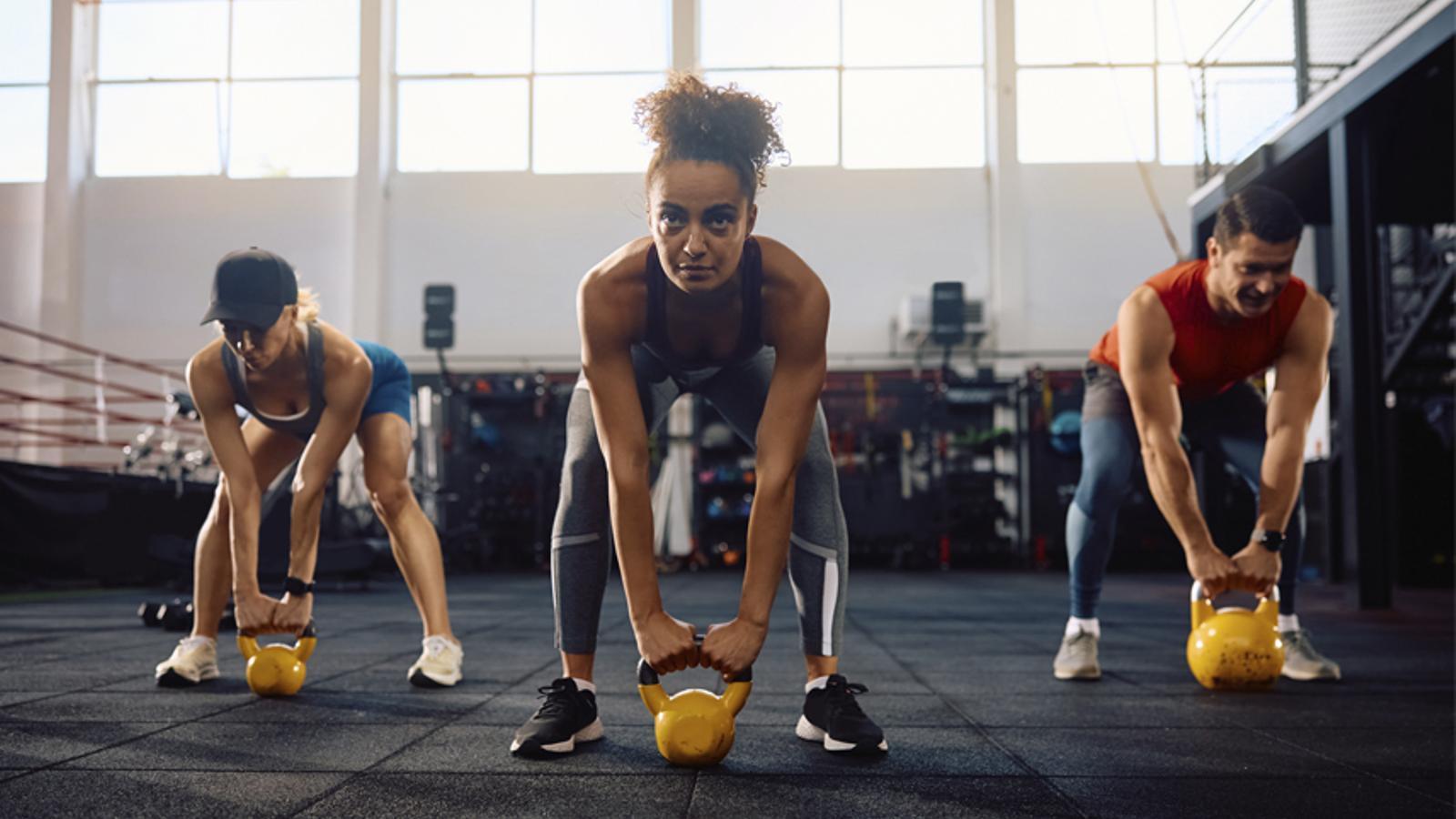Coming back strong: keys to a good preseason for non-professional athletes
Experts at Clínica Diagonal explain that progressive planning, comprehensive and adapted preparation, good nutrition, adequate rest, and medical follow-up are essential to prevent injuries and fully enjoy physical activity.

Perhaps you've already marked your return to training, the gym, or your favorite sport for September on your calendar. The question is: have you planned your preseason? Proper physical preparation before resuming sports activity can make a big difference to the health, performance, and longevity of any sports enthusiast. Experts warn of the importance of regular exercise for a healthy life. In the same way that professional athletes begin preparing for the upcoming season—and do so with good planning—non-professional athletes should also undergo good physical preparation before resuming physical activity. Traumatology professionals and sports medicine specialists at Clínica Diagonal recommend following five key tips for a successful preseason and returning strong in September.
Although the concept of "preseason" makes us think of elite teams or high-performance athletes, it should also be part of the calendar of anyone who practices sports regularly. amateurWhether recreationally, as part of a federation, or simply as a healthy habit, returning to running, playing soccer, padel tennis, or signing up for a fun run after the summer without proper preparation can carry a high risk of injury. Experts insist that progressive planning, comprehensive and tailored preparation, good nutrition, adequate rest, and medical follow-up are essential to prevent injuries and fully enjoy physical activity.
"Lack of preparation clearly increases the risk of injury at the start of the season," warns Dr. Ramon Balius, a sports medicine specialist and collaborator at Clínica Diagonal. When the body is not ready for the demands, "it translates into muscle discomfort, muscle tears, or joint problems," he explains. He adds that "progressive preparation can avoid many of these situations or make them less serious." All of this is supported by his clinical experience, but also by scientific evidence: a study published in The American Journal of Sports Medicine demonstrated that a good preseason can significantly reduce serious injuries and increase players' availability for competition. The study, based on data from 44 elite European football teams collected over 15 seasons, concluded that for every 10 additional training sessions conducted during the preseason, teams recorded 22 fewer days of absence due to injury per 1,000 hours of play.
Clínica Diagonal's five tips for a good preseason
The specialists at Clínica Diagonal propose adapting the concept of preseason to the reality of each non-professional athlete. It's not necessary to train like a pro, but it is necessary to have good planning. These are the five basic recommendations:
Progressive planning with enough time
The most common mistake is returning to training as if your body hadn't had a break at all. It's advisable to spend three to four weeks preparing before resuming intense activity. Start with gentle exercises, such as long walks, swimming, or easy jogging, and gradually increase the duration and intensity of your workouts. The secret is consistency, not haste.
Complete and varied training
Many amateur athletes only do the part they enjoy most—running, playing soccer, going to the gym—but neglect other essential physical abilities. The key is to work on strength, endurance, flexibility, stability, and coordination in a balanced way. Even if you only have time a couple of days a week, consistency and variety will help you perform better and avoid injuries.
Active injury prevention
A good workout not only aims to improve performance, but also to protect the body. It includes specific exercises to strengthen the most vulnerable muscle groups: hamstrings, calves, shoulders, knees, and hips. It is also highly recommended to add proprioception exercises—a dynamic method that uses static, kinetic, and body weight to regulate balance and movement coordination, and which also helps maintain the brain's alert system—and core stability exercises (core), as well as plyometric exercises, such as jumping, changes of direction, and controlled sudden stops, to improve strength, tone, and the ability to quickly generate a large amount of force. This type of routine can significantly reduce the risk of injuries, including serious ones like ACL injuries.
Rest and adequate nutrition
Training is only part of the preparation. The body also needs to recover: sleeping seven to eight hours a day, respecting rest days, and maintaining a balanced diet are essential. Proper hydration and avoiding unhealthy habits during this adaptation phase make all the difference. Without rest, there is no improvement.
Medical check-ups and follow-up
Last but not least, it's important to listen to your body. If you have a history of injuries, persistent pain, or a specific health condition, consult a professional before starting. A simple medical assessment can detect any limitations early and prevent future complications.
Preseason training isn't a privilege reserved for professional athletes. It's a smart investment for anyone who wants to enjoy sports safely, healthily, and consistently. Returning to activity after the holidays with progressive preparation improves performance and drastically reduces the risk of injury. Therefore, planning wisely, adapting training to your physical condition, and listening to your body are smart decisions that contribute to enjoying sports without interruptions or unnecessary risks.
